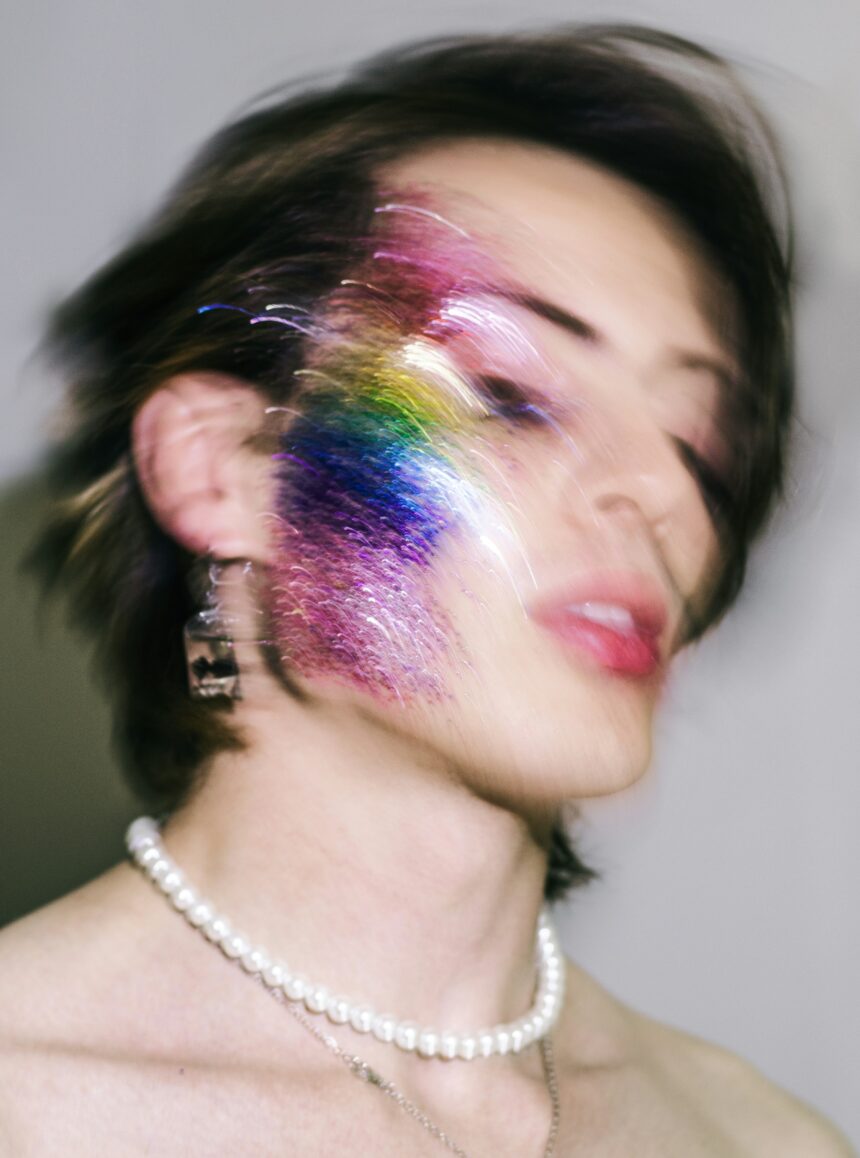Photo by Tide_trasher_x on Unsplash
“Camp” is one of those words we often hear but struggle to define. Is it glitter? Is it drag? Is it kitsch? Is it just bad taste turned good?
The truth is, camp has a long, rich history that’s deeply rooted in queer aesthetics, theatricality, and a rejection of traditional norms. It’s more than just fashion choices or dramatic flair—it’s a sensibility, a way of seeing the world, and, for many, a mode of resistance.
Let’s take a closer look at where camp comes from, how it evolved, and why it still matters—especially in queer communities.
The Origins: Sontag’s Notes on ‘Camp’
Camp began to enter mainstream discourse thanks in large part to Susan Sontag’s groundbreaking 1964 essay, Notes on ‘Camp’. In it, Sontag defines camp as “a certain mode of aestheticism” and “one way of seeing the world as an aesthetic phenomenon.” She emphasized the artifice, excess, and irony that define camp, stating that “the hallmark of Camp is the spirit of extravagance.”
To Sontag, camp was apolitical and deliberately disengaged. It was about style over substance. She famously wrote, “The ultimate Camp statement: it’s good because it’s awful.” For her, camp was about the pleasure of theatricality, the joy of surfaces, and the celebration of things that are “too much.” A pink feather boa? Camp. A chandelier worn as a hat? Camp. A bad movie you can’t stop watching? Definitely camp.
Yet, even Sontag couldn’t deny camp’s connection to queerness. While she argued that “camp taste is not homosexual taste,” she also acknowledged “a peculiar affinity and overlap.” This relationship between camp and queer identity would later become a central point of debate among scholars.
Camp as Political: Queer Theory and Beyond
Decades after Sontag’s essay, queer theorists challenged her view of camp as apolitical. In her essay in Redefining Kitsch and Camp in Literature and Culture, Aleksandra Lubczyńska argues that “even in its asexual, dandy version, camp is political.” She credits Judith Butler and queer theory for articulating the politics of camp more clearly, particularly through the idea of performativity—that gender is something we perform, not something we are.
Lubczyńska writes that “the set of behaviors promoted by camp is a patent violation of what is commonly accepted as traditional and ‘normal.’” From this perspective, camp isn’t just about fun and feathers—it’s a deliberate challenge to heteronormativity. It allows queer people to mock the rules they’ve been told to follow and to reclaim space in a world that often tries to erase or marginalize them.
As Butler theorizes in Gender Trouble, gender is not a fixed essence but a performance that can be exaggerated, twisted, or undone. Camp plays into this idea by amplifying and parodying gender norms—men in sequins, women in drag, glamor taken to absurd extremes. Camp says: If gender is a costume, let’s make it sparkle.
Life in Quotation Marks: Camp and Essentialism
Sontag also touches on a philosophical underpinning of camp when she writes, “Camp sees everything in quotation marks.” Not a lamp, but a “lamp.” Not a woman, but a “woman.” This points to a deeper rejection of essentialism—the belief that things have an inherent nature or essence.
In the camp lens, nothing is taken at face value. A drag queen isn’t “a woman”—she is performing womanhood, often in a way that both critiques and celebrates the roles women are expected to play. This aligns with postmodern philosophy, which questions fixed meanings and embraces ambiguity and performance.
Camp and the Queer Gaze
Perhaps most importantly, camp has served as a refuge and rallying point for queer communities. Sontag notes that “homosexuals have pinned their integration into society on promoting the aesthetic sense,” highlighting how camp has helped queer people find belonging, visibility, and even joy in a hostile world.
Camp neutralizes moral judgment and sponsors playfulness. It allows queer people—and anyone who feels othered—to rewrite the rules and redefine what beauty, success, or identity can look like. It embraces failure, artifice, and excess not as flaws but as strengths.
In this way, camp becomes more than an aesthetic. It becomes a worldview.
The Modern Evolution of Camp
Since Sontag’s time, camp has evolved and expanded. As Anna Malinowska writes, “camp aesthetics entered the popular scene to transgress the norms imposed by the symbolic order.” In other words, camp moved from the underground to the mainstream, from queer subcultures to fashion shows and movie screens.
Events like the 2019 Met Gala—whose theme was Camp: Notes on Fashion—brought the term back into public consciousness. Suddenly, celebrities were donning giant pink gowns, chandeliers as headpieces, and feathered capes, all in celebration of a sensibility once marginalized.
But true camp will always belong to those who live outside the norm. It’s about making noise, taking up space, and being seen—even if that means being too loud, too glittery, too dramatic. Especially then.
Final Thoughts: Why Camp Still Matters
Camp continues to be a vibrant, vital part of queer culture and artistic expression. It is a celebration of theatricality, artifice, and the right to be too much. It embraces parody and performance as tools for liberation, inviting us to laugh, play, and question everything we’re told is “normal.”
As Sontag herself admitted, “Camp is a solvent of morality.” And in a world that often tries to dictate how we should look, act, and love, that makes camp not just fabulous—but revolutionary.


Leave a Reply